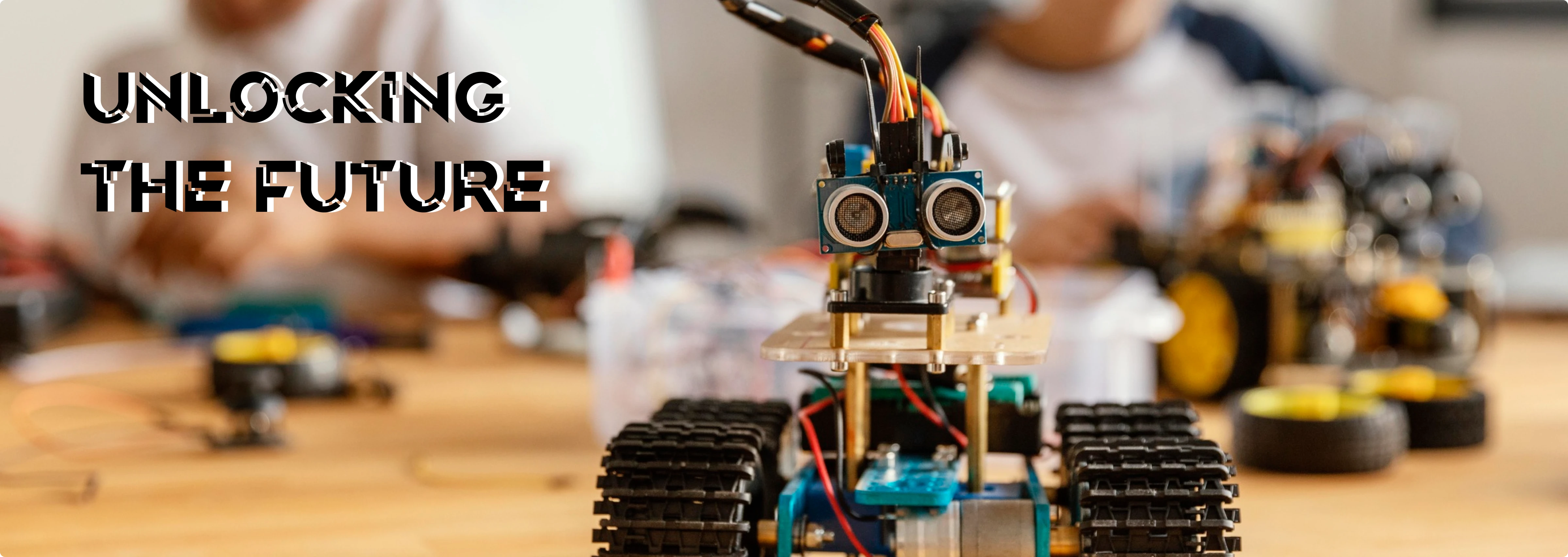3 Min. To Read

In the ever-evolving landscape of education, STEM labs have emerged as a cornerstone for fostering innovation, critical thinking, and problem-solving skills. These labs provide a dynamic environment for students to explore science, technology, engineering, and mathematics in a hands-on and interactive way. In this article, we will delve into what STEM labs are, explore the myriad benefits they offer, discuss how to set up a STEM lab in schools, and introduce you to the advantages of choosing the PHN STEM Lab.
A STEM lab is a dedicated learning space where students can engage in hands-on, project-based learning activities related to science, technology, engineering, and mathematics (STEM). STEM labs are typically equipped with a variety of tools and equipment, such as computers, robotics kits, 3D printers, and laser cutters.

Tinkering / STEM labs in schools are especially beneficial for students. They prepare them for the challenges of the 21st century by imparting skills that go beyond textbooks. Students in such labs become better equipped to handle a rapidly changing technological landscape and are better prepared for future careers in STEM fields.
Learning in STEM labs offers several benefits for students, including:
Setting up a STEM lab in your school can be a transformative endeavour. Here are the key steps to make it happen:
The PHN STEM Lab stands out as a premier choice for schools looking to create an exceptional STEM learning environment.
Our lab solutions are meticulously designed to meet the specific needs of educators and students. With state-of-the-art equipment, comprehensive training, and a track record of success in schools worldwide, the PHN STEM Lab is your partner in shaping the future of education.
In conclusion, STEM labs are transformative for students, providing a platform to develop crucial skills for the future. By understanding their benefits, knowing how to set one up, and considering the advantages of a provider like the PHN STEM Lab, you can embark on a journey toward a more innovative and future-ready educational experience.
© Copyright PHN Technology. All Rights Reserved
Designed by PHN Technology